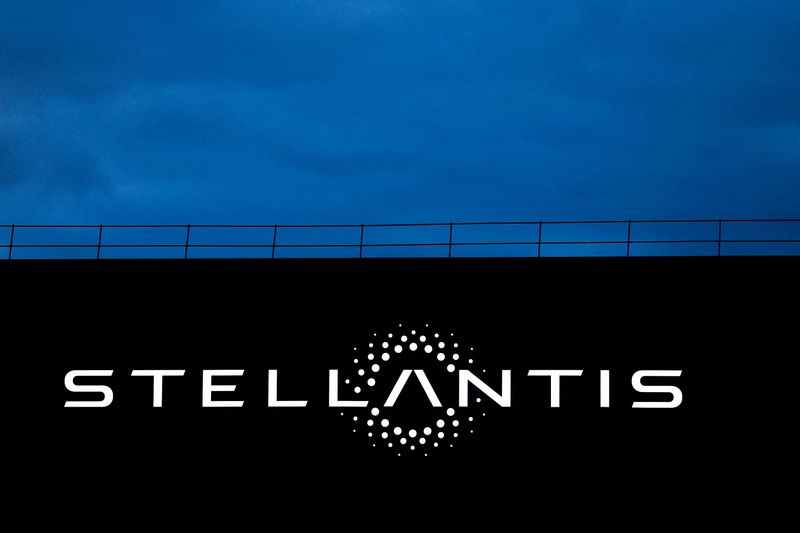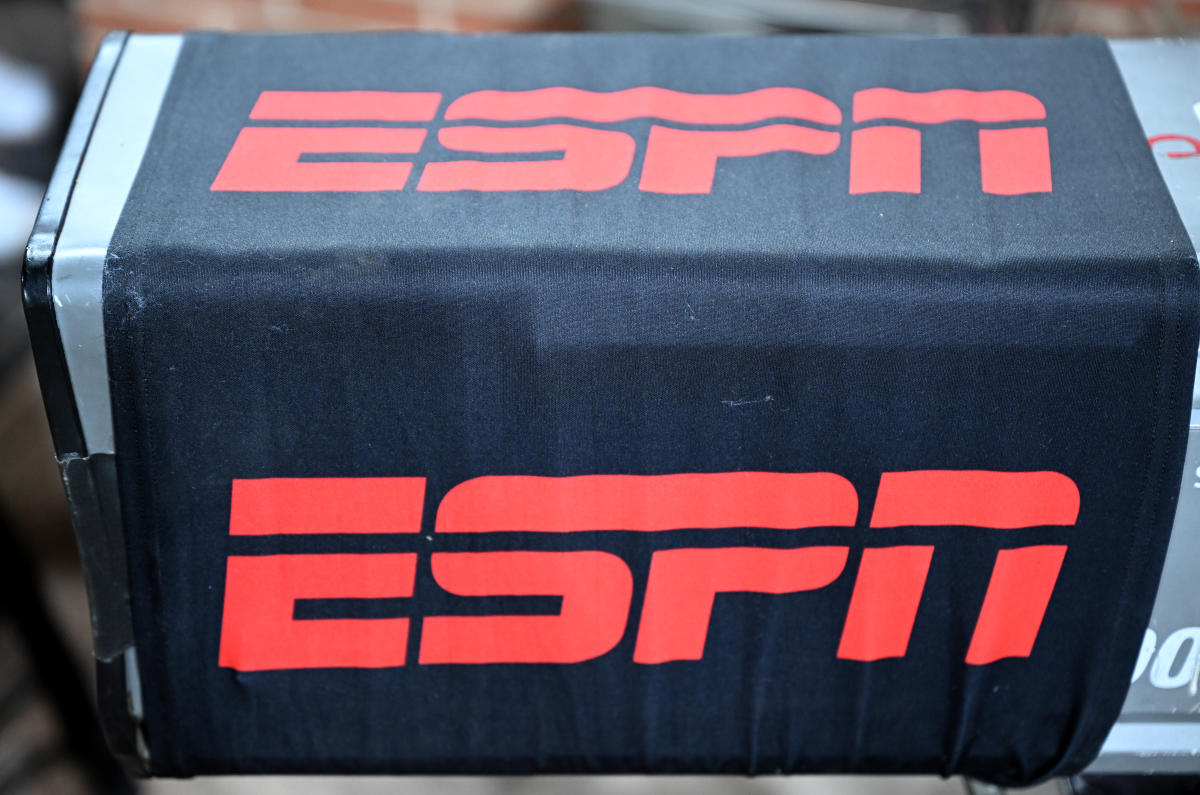The banks that showed some of the biggest declines in deposits during the second quarter weren’t the medium-sized regional lenders.
They were giants of the industry.
JPMorgan Chase (JPM), Bank of America (BAC), Citigroup (C) and Wells Fargo (WFC) – the four largest banks by assets – shed $262 billion in net deposits compared to the same period last year. From the first quarter to the second quarter, customers withdrew $62 billion from three of those banks.
Meanwhile, many regional banks have recovered deposits. Investors rewarded them for it, sending their shares higher over the past two weeks.
Deposit divergence reflects the trend that prevailed during the chaotic scramble for safety in the wake of the Silicon Valley bank failure, signature bank, and the First Republic. These seizures led to disrupted withdrawals at a number of regional banks during the first quarter and inflows to the largest players in the industry.
The reason for the reversal in the second quarter is that regional banks now need more deposits than corporate giants, and they are paying higher rates to get them. Industry giants can keep their prices low because of their size, pricing power, and financing diversity.
“The Regionals are winning the deposit battle right now because they’re willing to pay as much as they can,” Alexander Yocum, a CFRA equity analyst who specializes in regional banks, told Yahoo Finance.
Yocum added, “Ironically, the deposit outflows from the big banks are actually a sign of the strength” of those institutions.
The trend did not subside in July, the first month of the third quarter. Deposits at the largest banks in the United States fell by $78 billion during the week ending July 12, just days before the start of the bank earnings season.
It was the biggest drop since the week ending March 22, when the regional banking crisis was still raging. Both large and small banks showed slight gains in the week ending July 19th.
Some money is still flowing out of the banking system entirely as customers seek higher returns elsewhere.
One place is US money market funds. They received net inflows of $623 billion, two-thirds of which came in March and May 2023. Investors sent $28 billion to these funds over the past week ending July 26.
Read more: The best high-yield money market accounts for July 2023
“Best place for their money”
Banks of all sizes were struggling to keep depositors well before the Silicon Valley bank failed due to pressure from the Fed’s aggressive campaign to lower inflation.
During the early part of the pandemic, when interest rates were historically low, banks became overwhelmed with deposits. In the first two years in March 2020, total deposits in the banking system swelled by 34% to $18 trillion.
When the Fed started raising these rates higher to cool the economy, customers with deposits started looking for places with higher returns. The first decline in deposits on an annual basis for all banks came at the beginning of the second quarter of 2022.
“Any talk of higher interest rates at this point gets people thinking about whether their bank is the best place for their money,” Julia Hill, a University of Alabama law professor who focuses on banking, told Yahoo Finance.
US banks lost $472 billion in deposits in the first quarter, According to a quarterly report from the FDIC, which was the largest since the FDIC began collecting quarterly industry data in 1984 and marked the fourth consecutive quarter of industrial outflows.
The largest decline during the quarter was attributed to some regional banks. First Republic, for example, lost more than $100 billion and was eventually snapped up by regulators and sold to JPMorgan.
But some of the banks that lost deposits during the first showed some of the biggest increases in the second.
Western Alliance (WAL) and Zions (ZION) in Phoenix and Salt Lake City each showed a 7% increase in deposits. First Horizon (FHN) in Memphis gained 6.4% and Comerica (CMA) in Dallas saw gains of 2%.
Even Bacoist, a bank that came under intense scrutiny in the spring and agreed to merge with smaller rival Bank of California last week, showed a drop of just 1% in deposits after posting a 17% drop in the first quarter.
The most aggressive deposit rates currently offered come from smaller commercial banks, according to Ken Tomin, a senior analyst at LendingTree who runs an online resource called DepositAccounts.com.
Woburn, Massachusetts-based Northern Bank, the 353rd largest bank in the US with assets of $2.8 billion, is currently offering 5.6% interest on the one-year bond.
“A lot of these mid-range banks in the last several months have been a lot more aggressive with their deposit rates, especially with certificates of deposit,” Tommen said.
This isn’t exactly good news for some of these smaller banks. By paying more, they’re cutting a key measure of profitability. A number of them have revised their estimates of revenue or lending profits for the rest of the year.
But if those banks don’t pay, “they can just outbid depositors,” said Yucum, the CFRA analyst.
Click here for the latest stock market news and in-depth analysis, including the events that move stocks
Read the latest financial and business news from Yahoo Finance



